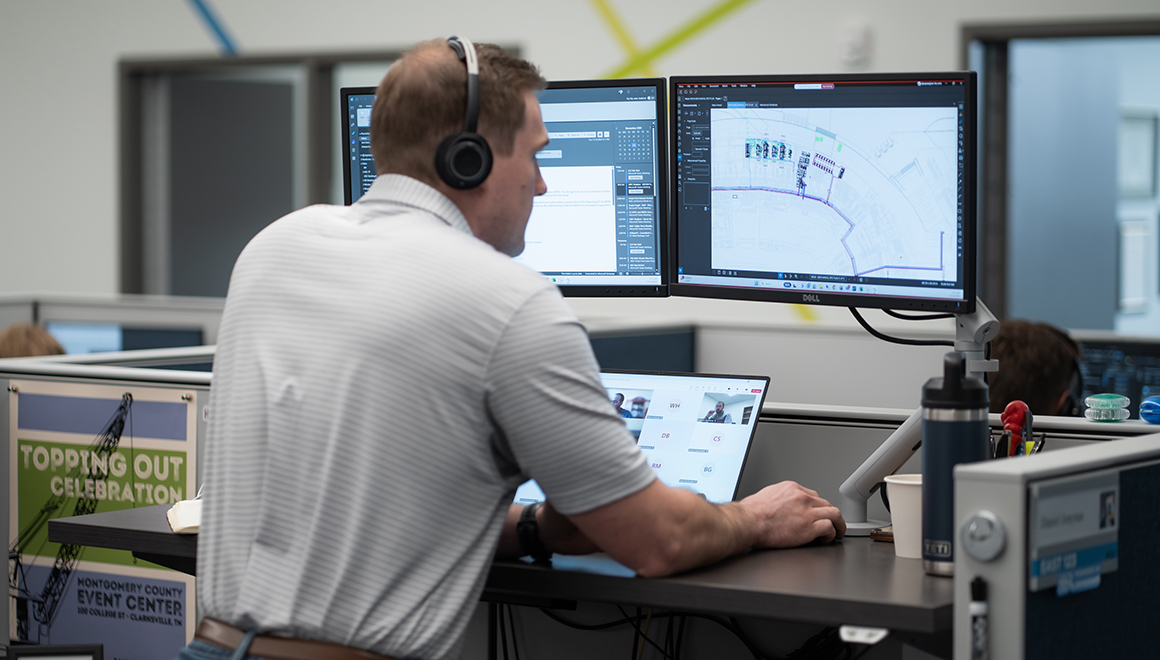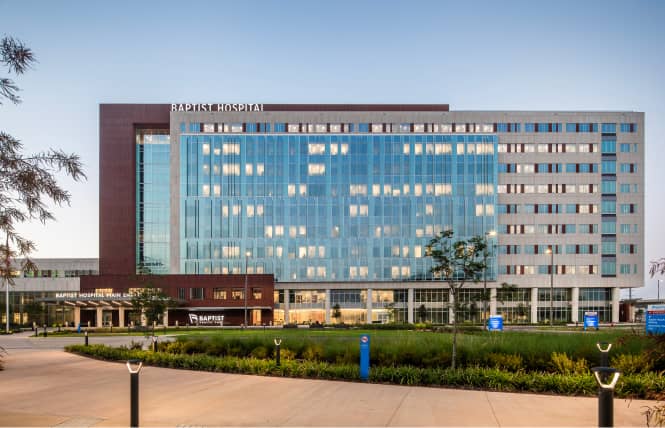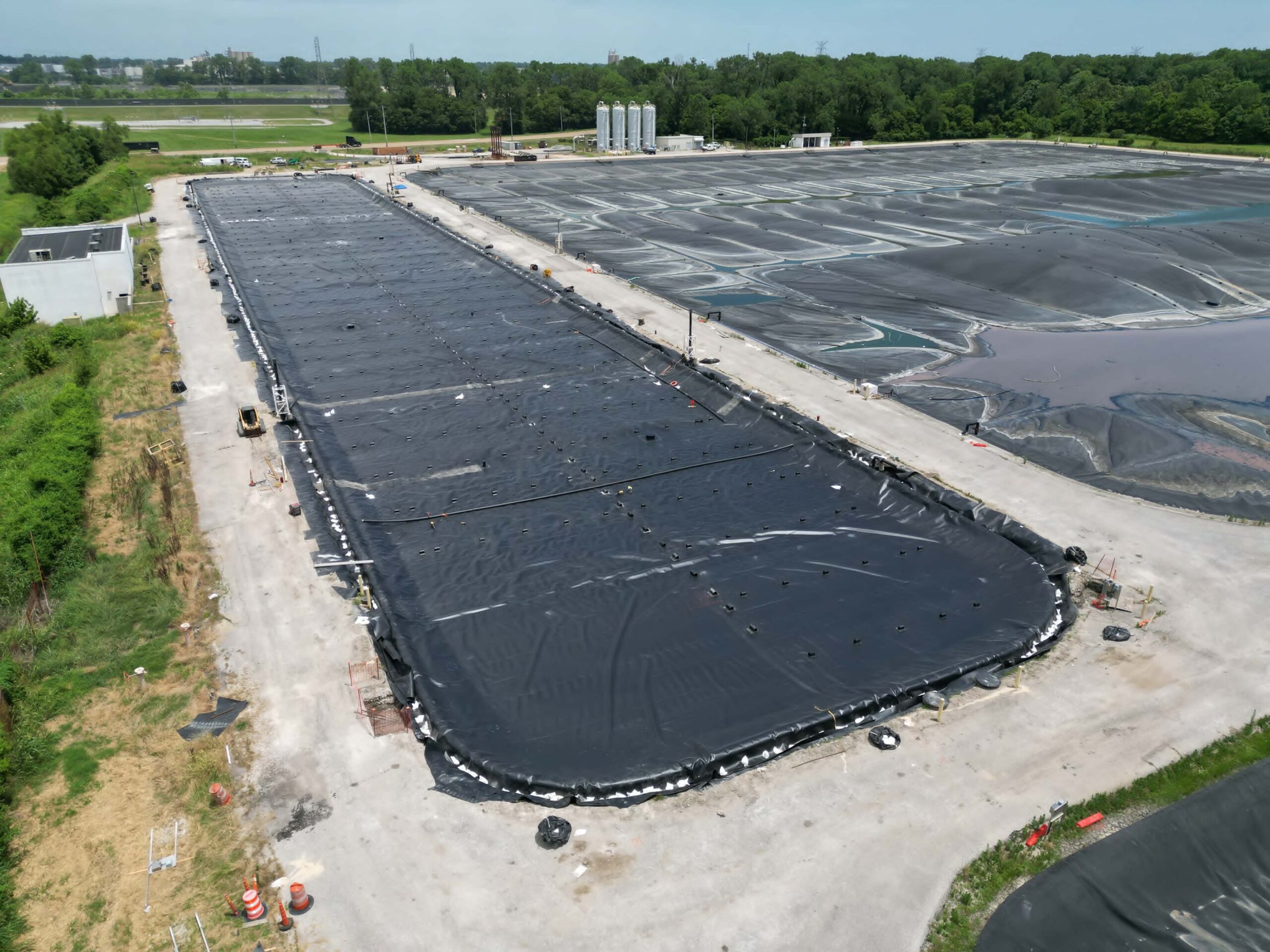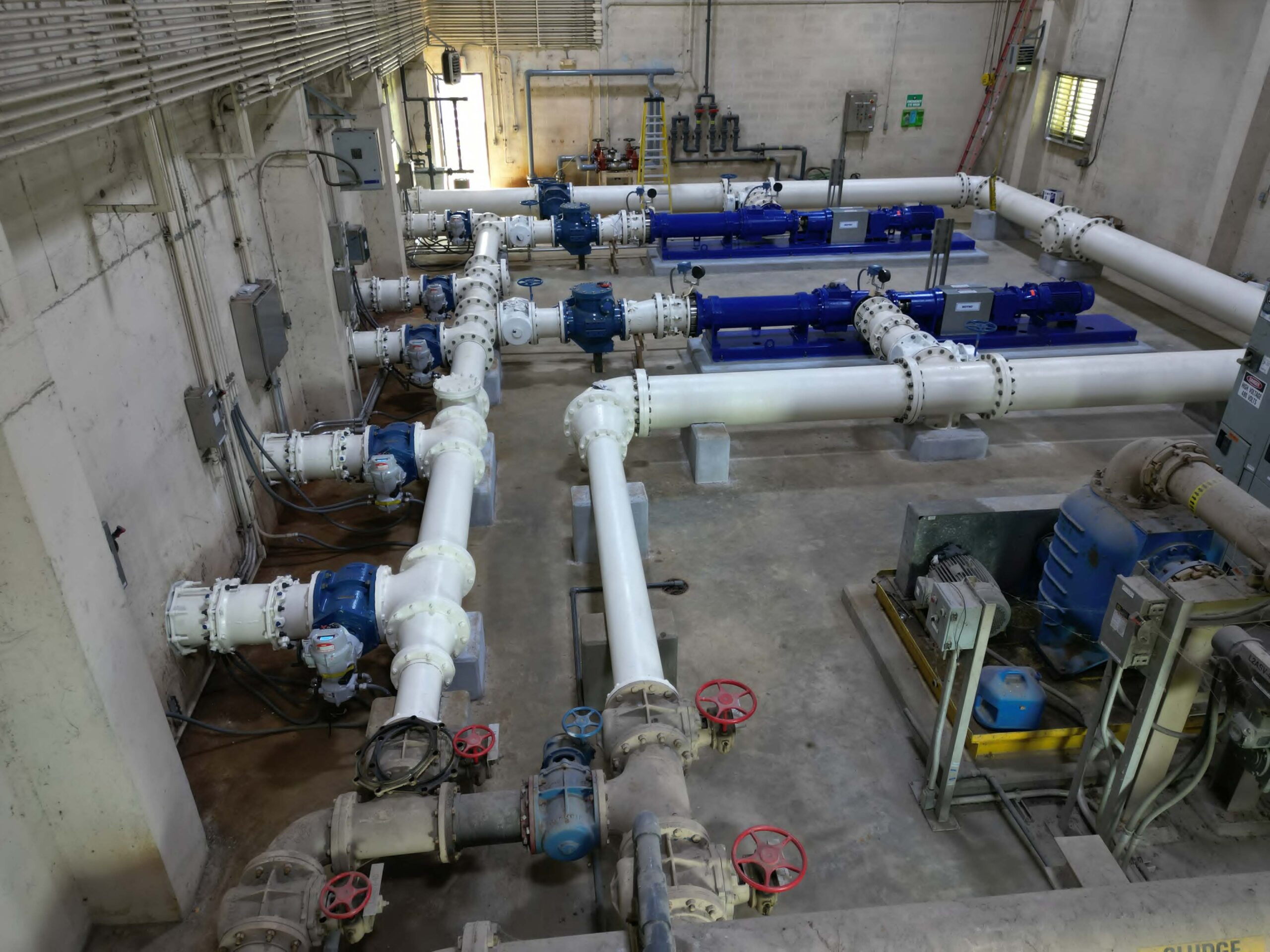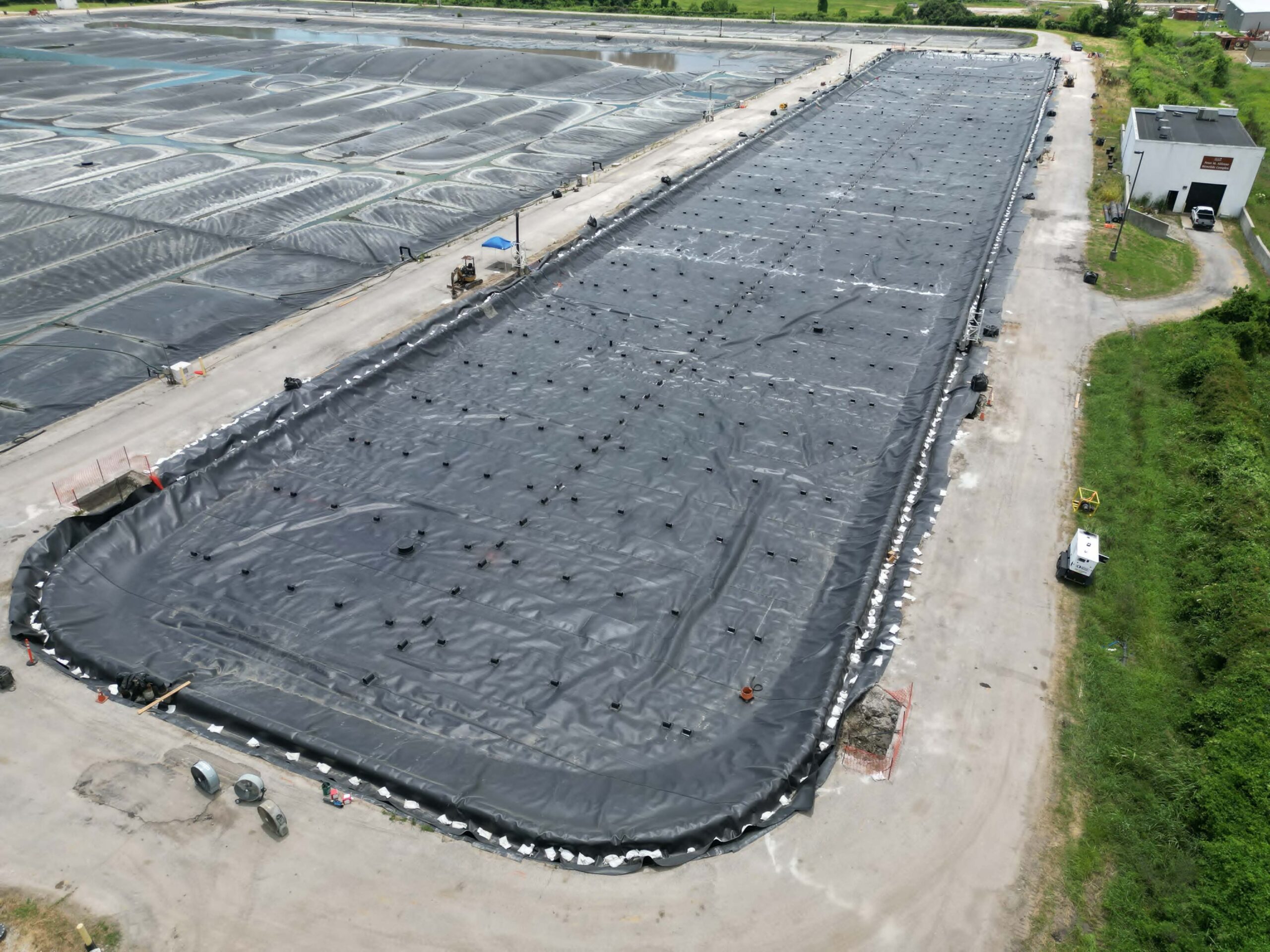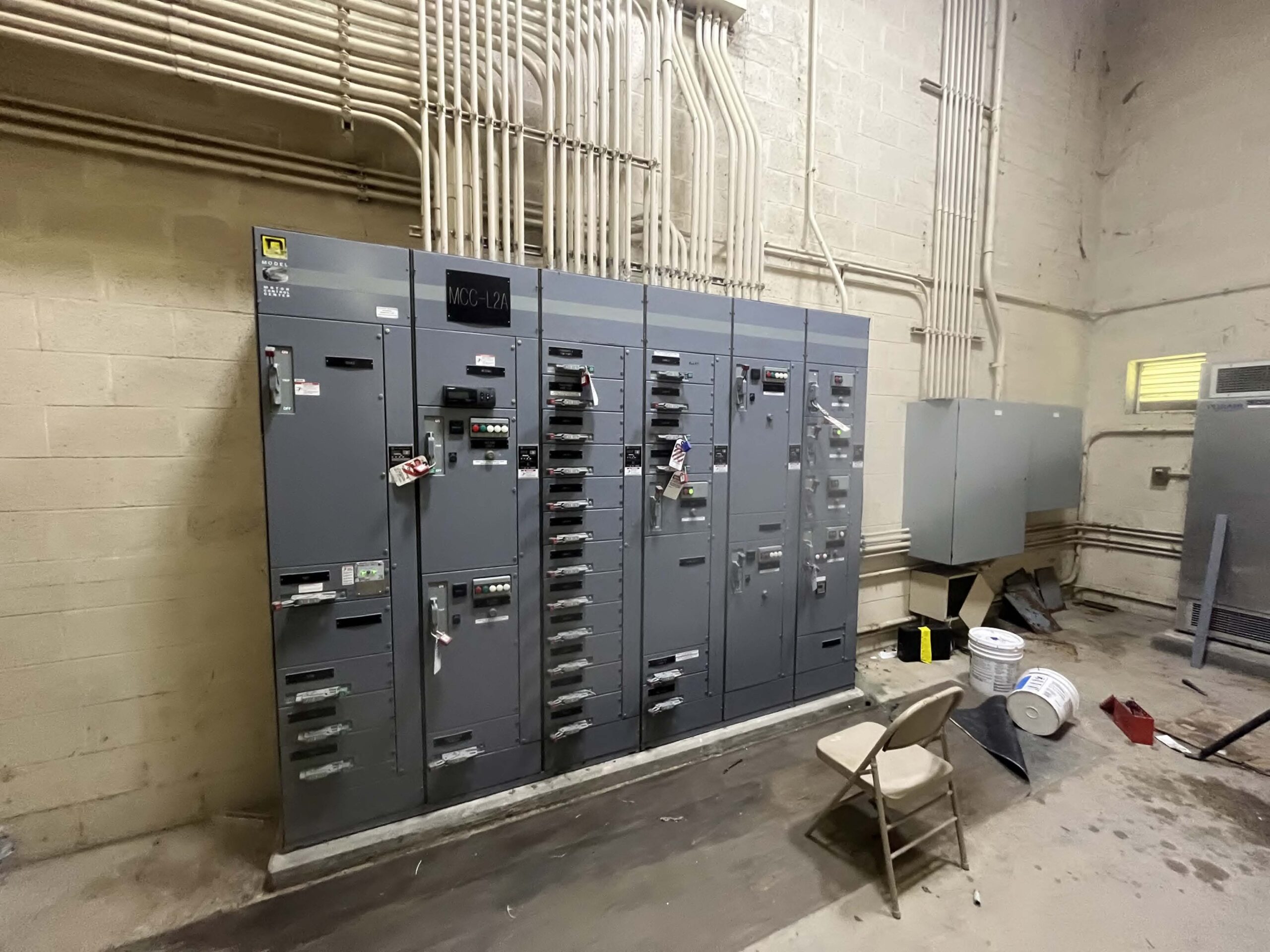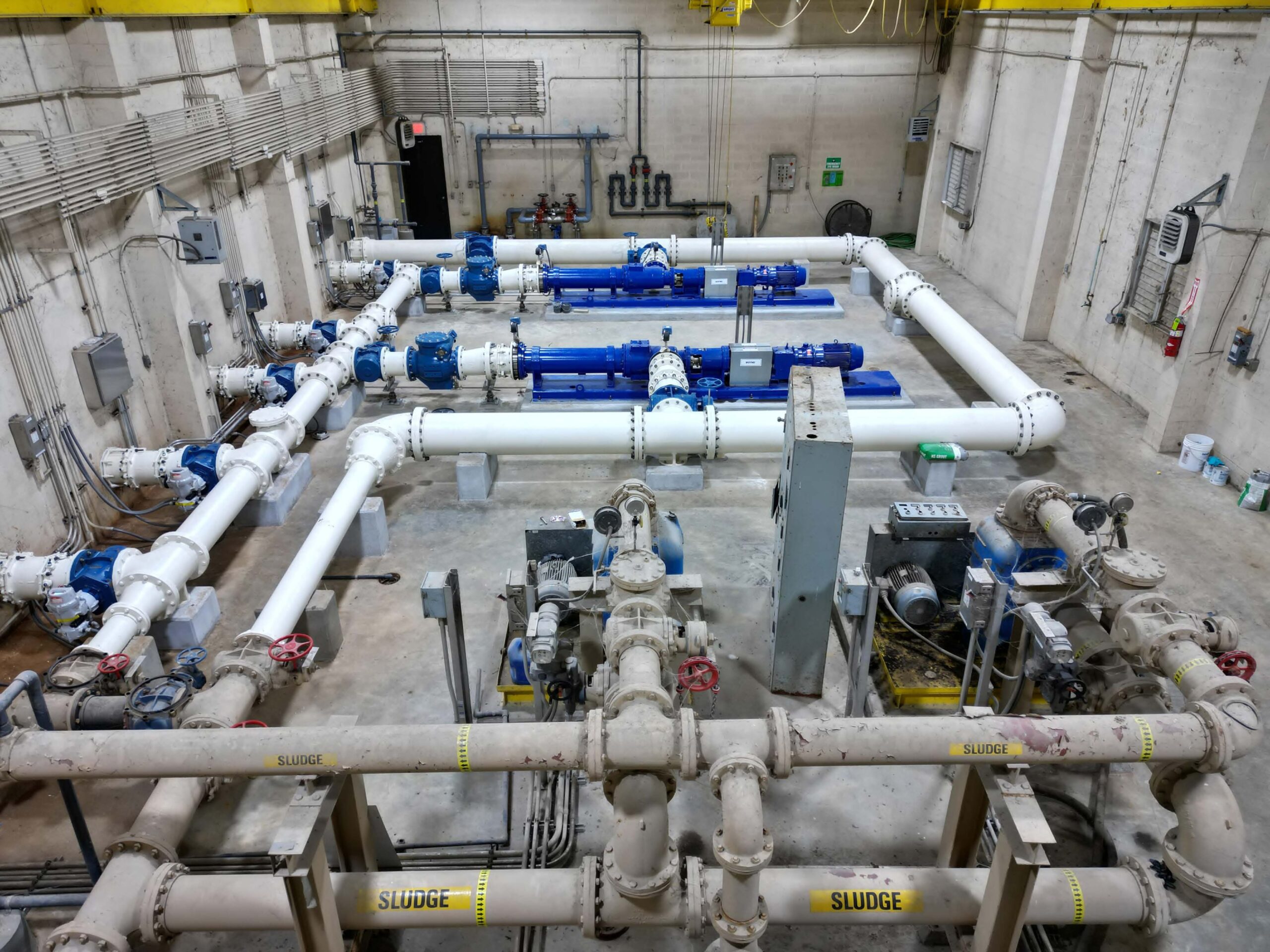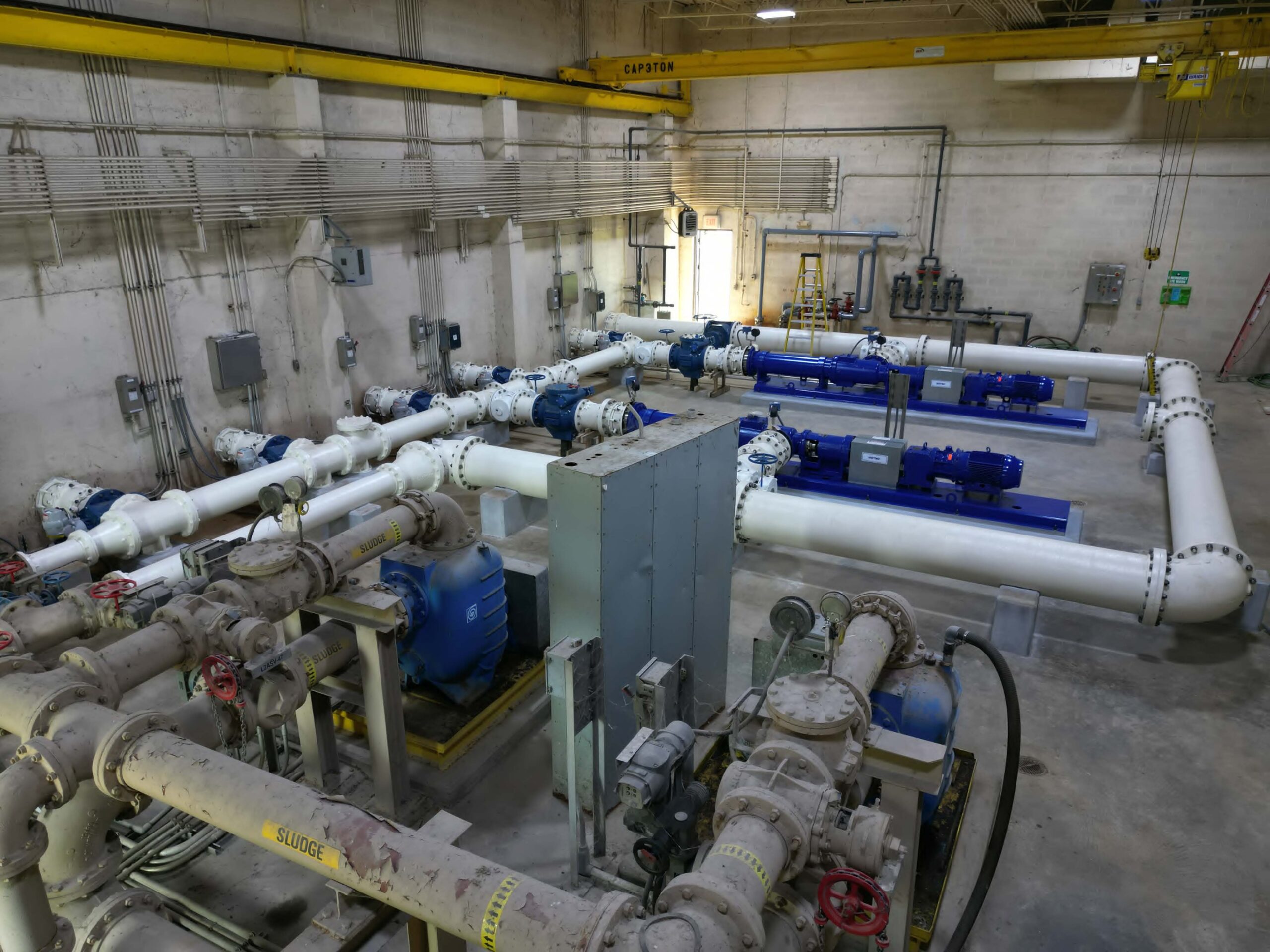Utilized our extensive knowledge of wastewater treatment methods to clear up and upgrade the wastewater lagoon digester
for a safer and more effective treatment system.
Our team of wastewater engineers hold several decades of experience in the design and implementation of effective and lucrative methods of wastewater treatment. We work closely with utility providers and facility operators to understand the characteristics and needs of their clients, and act as a key advisor in the implementation of new and reparation projects. One method for wastewater treatment that is both low maintenance and cost-effective is the use of a lagoon digester, which applies natural biological processes for treatment within manmade bodies of water. Our team brought our extensive knowledge of lagoon digester treatment to the City of Memphis to help the City revitalize its facility.
The lagoon digester at the City of Memphis Maxson Wastewater Treatment Plant was filled with solids and required cleanout. An essential part of the City’s treatment process, time was of the essence to remove lagoon contents, install a new floating membrane cover, and return the lagoon to service. However, during the design process, we became aware of multiple deficiencies from the original installation, such as: mixing pumps that were susceptible to air-locking, mixing header valves that required manual operation and were difficult to access, no suction isolation in the sludge piping within the pump station, sludge buildup within the lines, and poor flow distribution along the return header piping due to poor design of the mixing header piping. Furthermore, the current installation did not meet current electrical code requirements which made it unsafe for workers and susceptible to fire hazards. We identified each of these issues early in the project and presented the City of Memphis with solutions.
Our design included progressing cavity pumps capable of transferring sludge-gas mixtures which eliminate air locking concerns and equipment downtime. We provided an automated valve station including an automated timing sequence that rotate active valves in series, increase sludge velocities, and decrease solids deposition within the mixing piping system. The design also incorporates hydraulic mixing nozzles to improve equal distribution of flow across the mixer header and induce greater mixing intensity within the digester. The electrical design included hazard classification of the digester facility, meeting NEC code-requirements and specified specialty equipment that safely operates within the hazardous locations.
The project was funded with WIFIA grants which required fast-track implementation in order to stay within the grant funding schedule requirements. It also included two specialty type contracts (i.e., lagoon contents cleanout and lagoon cover installation) which had to be implemented in series. To maintain the overall project schedule, we advised the City to approach the work as two subprojects. The first project included the design of the lagoon cover demolition and contents removal. Special care was taken to specify the lagoon contents removal process so that the material was properly handled, disposed of and quantified to protect the City from unnecessary expense. As a result, approximately 3,000 tons of lagoon contents were removed and disposed of within a six-month period. The second project included lagoon cover installation with a deferred design element to permit early implementation of the construction. The deferred design approach permitted the City to maintain their fast-track schedule while also addressing damage to the lagoon ring-wall, the extent of the damage could not be properly addressed until the lagoon cover was removed.
To support the City of Memphis, we leveraged our knowledge of anaerobic digestion processes and lagoon contents removal projects to break the project up into sub-projects and minimize lagoon downtime. Our knowledge of anaerobic digestion process code requirements, digestion mixing systems, lagoon contents removal, and lagoon cover design provided the City with fast-track completion that met WIFIA schedule requirements. Ultimately the facility will be safer for their workers and offer greater equipment performance and reliability.
